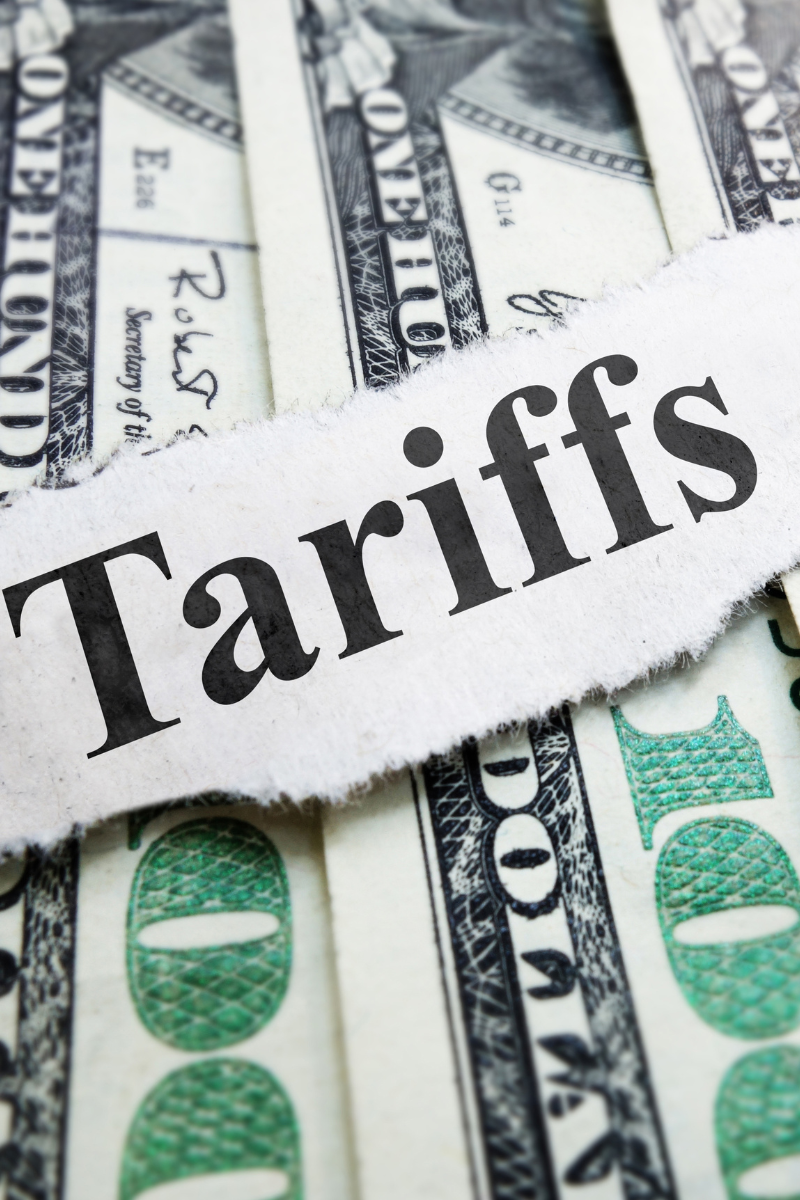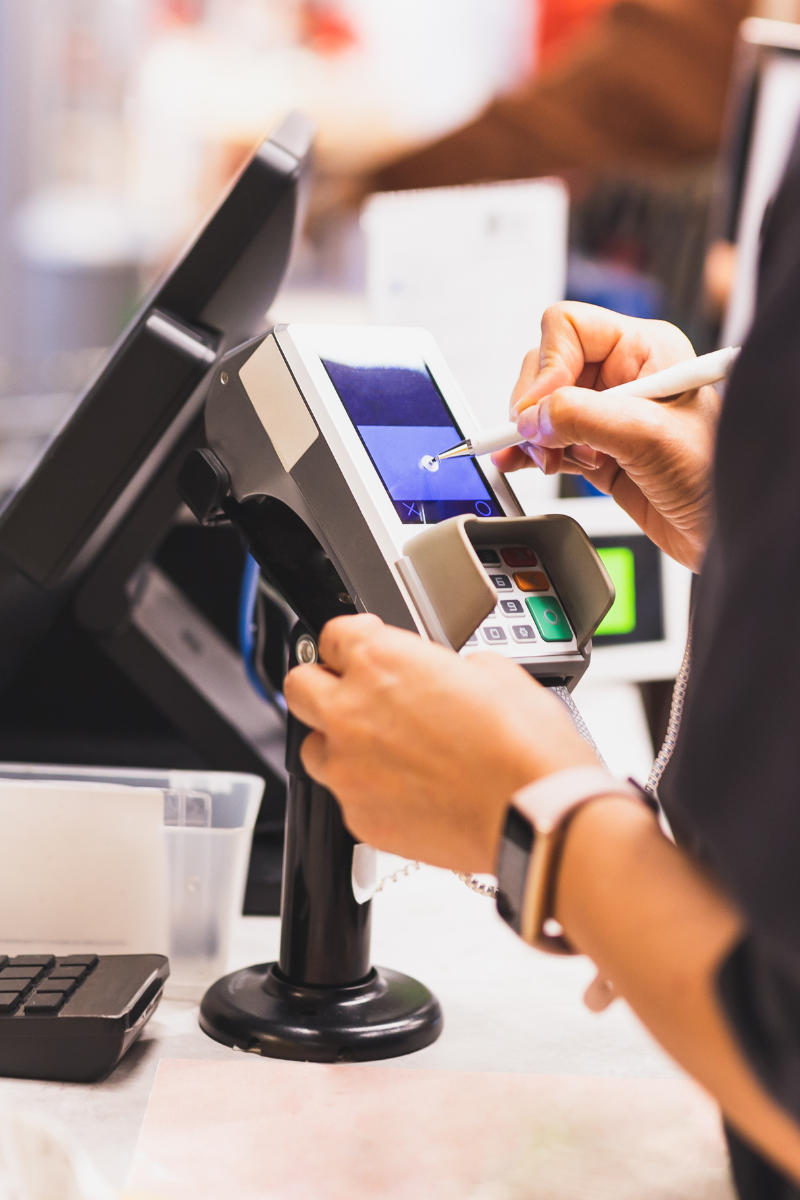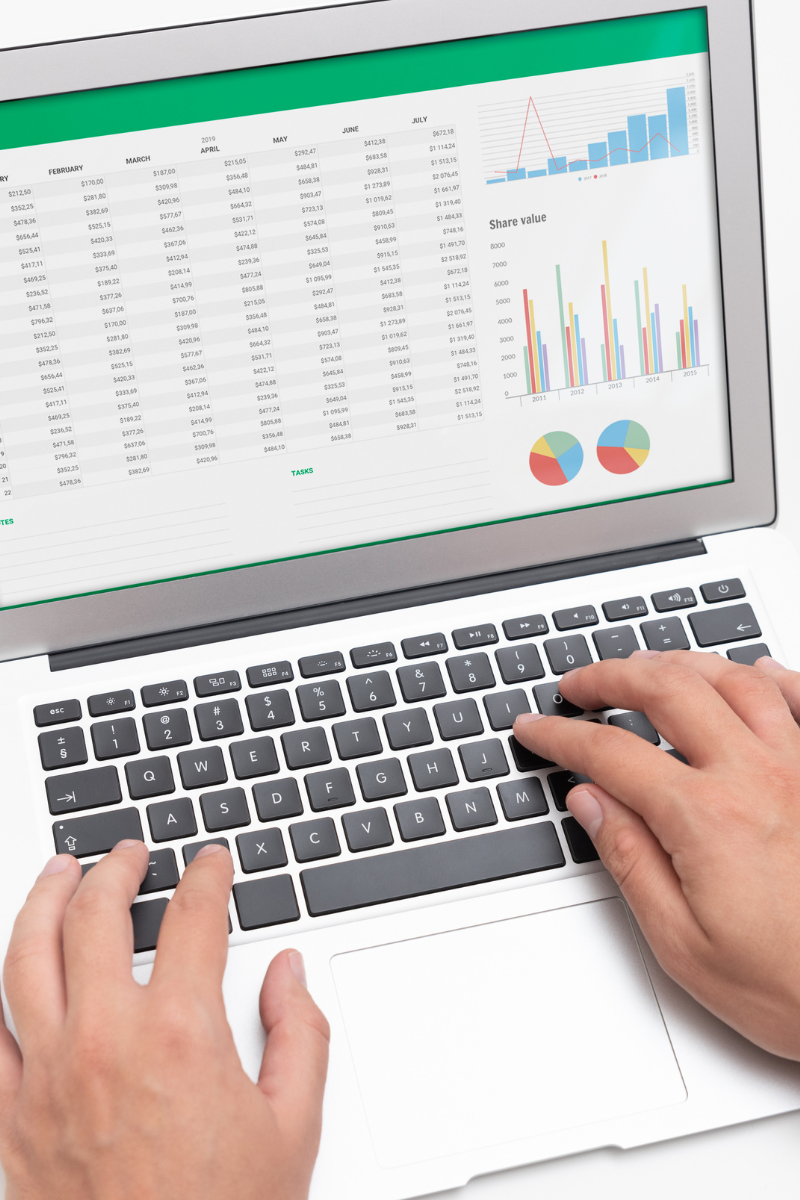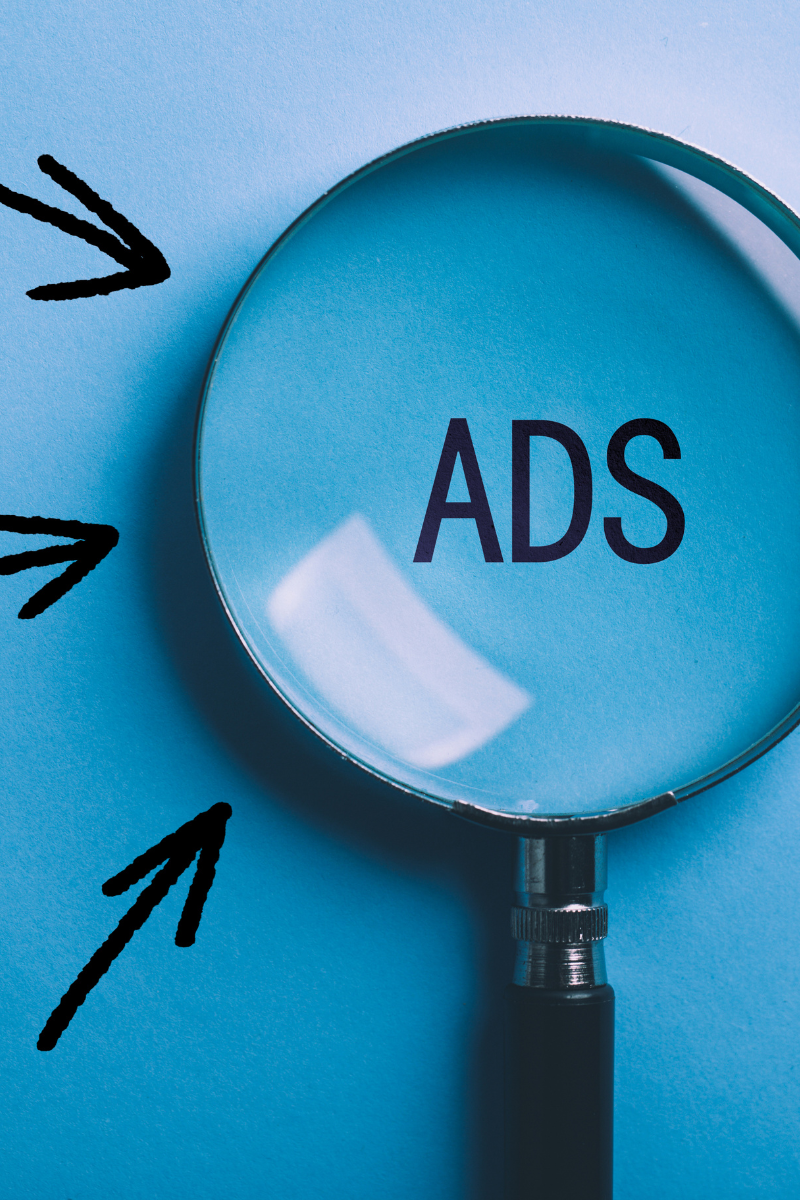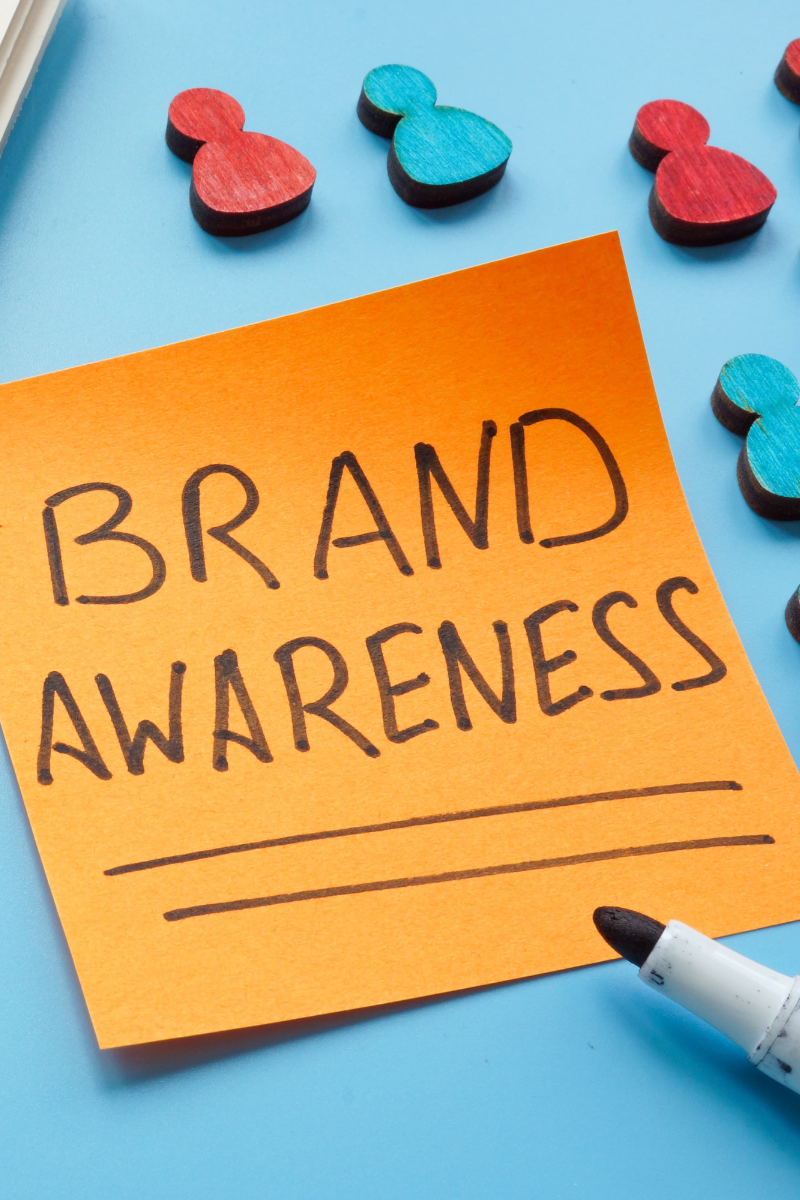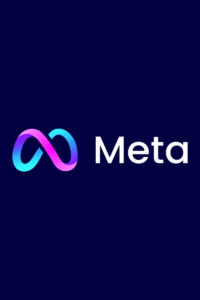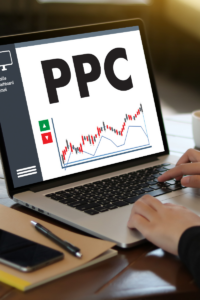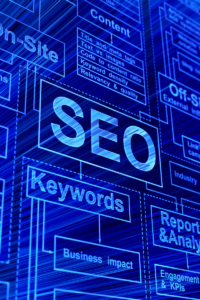Is AI-Generated Content Good for SEO?
Artificial intelligence has fundamentally changed the content marketing landscape. As businesses race to harness the power of AI tools for content creation, a pressing question arises: What does this mean for search engine rankings and long-term SEO success?
At Onimod Global, we’ve been at the forefront of performance-driven digital marketing for nearly two decades. We’ve tested, implemented, and analyzed AI-driven content strategies across a wide range of industries. And the takeaway is clear: AI is a tool, not a strategy. Its effectiveness depends entirely on how it’s used.
In this article, we break down the evolving relationship between AI-generated content and SEO performance, uncover what’s working in 2025, and share actionable insights on how to integrate AI responsibly into your digital strategy.
AI and Google’s Guidelines: What’s the Real Risk?
Google has clarified its position on AI-generated content: it doesn’t penalize content based on how it’s created, but rather on quality, usefulness, and originality. This aligns with their long-standing emphasis on E-E-A-T: Experience, Expertise, Authoritativeness, and Trustworthiness.
That said, many organizations misinterpret this to mean AI content is safe by default. In reality, unedited, uninformed, or formulaic AI output often lacks depth, context, and value, and Google’s algorithms are increasingly adept at identifying such shortcomings.
Key Insight: AI-generated content that lacks original insights or fails to serve user intent can harm your search visibility just as much as low-quality human content.
The Data Speaks: How AI Content Performs in the Real World
SEOwind ran an experiment by publishing 116 AI-generated articles and saw a 77% increase in clicks and a 124% boost in impressions.
However, it’s important to note that AI alone won’t work magic. SEOwind used AI to create and optimize content, but they also applied essential SEO practices such as keyword research, content gap analysis, and internal linking. This shows that while AI can assist in content creation, it’s the combination of human strategy and AI tools that drives results.
Understanding AI’s Limitations
Despite its strengths, AI has critical limitations that marketers must navigate:
- Outdated or Inaccurate Information: Unless connected to real-time data sources, most AI tools generate content based on outdated information, which can damage credibility and mislead audiences.
- Lack of Brand Voice: AI tools mimic tone but struggle to replicate authentic brand messaging. Over time, this can dilute your positioning and hinder audience trust.
- Duplicate Patterns: Generic phrasing and overused structures make AI content vulnerable to Google’s duplicate content filters, especially when prompts are broadly similar across industries.
What Content Works Best with AI Assistance?
AI works well as a scaling tool, not a substitute for strategy or subject matter expertise. Based on recent industry testing and internal analysis, here’s a breakdown:
 Performs Well:
Performs Well:
- Instructional how-to guides
- FAQs and knowledge-base articles
- Basic listicles and comparative summaries
- Meta descriptions and SEO titles (with refinement)
Performs Poorly:
- Thought leadership articles
- Personal narratives or brand storytelling
- High-stakes legal, medical, or financial topics
- Emotion-driven editorial content
Bottom Line: The more nuanced, personalized, or authoritative the content needs to be, the less AI can do it alone.
5 Tips for Using AI-Generated Content
- Use Clear Prompts: The quality of AI-generated content depends heavily on the clarity and detail of your prompt. Be specific about the tone, audience, format, and purpose of the content you need. For example, instead of saying “Write a blog post about CBD,” try “Write a friendly, informative 600-word blog post on the benefits of CBD for post-workout recovery, targeting active adults aged 30-50.”
- Edit and Personalize: AI can provide a strong draft, but it’s up to you to refine the voice, add personal insights, and align it with your brand or message. Use AI as a collaborator, not a final author. Always add a human touch.
- Fact-Check and Verify: While AI aims for accuracy, it may occasionally present outdated or incorrect information. Double-check dates, data, quotes, and sources—especially for technical or legal content.
- Use AI for Ideation, Not Just Execution: AI is great at sparking ideas, outlining content, and suggesting new angles. Ask it to brainstorm blog titles, social captions, product names, or even plot points if you’re writing fiction.
- Stay Transparent and Ethical: Being honest about your use of AI builds trust with your audience. Disclose AI assistance when necessary, avoid plagiarizing, and use AI in alignment with your platform’s or industry’s guidelines.
Looking Ahead: Where AI and SEO Are Headed
As search engines evolve, the focus is shifting from keyword saturation to value-based content experiences. We expect continued updates from Google that reward:
- Authenticated experience (via content authorship and credentials)
- Original research and first-party insights
- Multi-format content (text, video, audio, interactive)
- Personalized and behavior-driven relevance
In this environment, AI-generated content will continue to play a role — but only when combined with human strategy, quality assurance, and contextual intelligence.
Final Thoughts from Onimod Global
AI is transforming content marketing, but the fundamentals of SEO remain the same: quality, originality, and user value drive rankings. Businesses that treat AI as a shortcut rather than a tool will likely fall behind.
At Onimod Global, we help clients stay ahead of digital trends with data-driven SEO strategies that blend technology and human insight. If you’re navigating the complex world of AI content, our team is here to help you do it the right way — with purpose, precision, and performance in mind.
Ready to Future-Proof Your Content Strategy?
Let’s talk about how to implement AI with intention and boost your SEO results for the long term. Contact us today.
FAQs: AI-Generated Content and SEO Performance
- Does AI-generated content rank well on Google?
Yes, AI-generated content can rank well, especially when it is fact-checked, edited for originality, and aligned with search intent. Google values content that is helpful, accurate, and trustworthy, regardless of whether it’s written by humans or AI. - Why is human editing important for AI-generated content?
Human editing ensures that AI-written content is relevant, factual, engaging, and free of errors or redundancy. It also adds nuance, brand voice, and credibility—key factors that influence how content performs in search rankings. - Can AI content hurt my website’s SEO?
It can, if left unedited. Publishing generic, inaccurate, or low-quality AI content may lead to ranking declines. Google’s algorithms can penalize content that lacks originality, relevance, or helpfulness. - What types of content work best with AI assistance?
AI works well for content outlines, product descriptions, blog drafts, FAQs, and content repurposing. For high-stakes pieces (like whitepapers or brand messaging), human involvement is strongly recommended to maintain authority and accuracy. - How can I tell if my AI-generated content needs revision?
Look for signs like inconsistent tone, outdated facts, keyword stuffing, or lack of clarity. A human editor can refine structure, optimize for SEO, add unique insights, and ensure your content aligns with audience needs.
